THE BATTLESHIP MARCH MARSZ "PANCERNIK"
-
Ostatnio w Warsztacie
-
gdy rok umiera
Edytowane przez Leo Krzyszczyk-Podlaś (wyświetl historię edycji)
to nie po cichu
płoną mu skrzydła
anioły w niebie
jak błyskawice
rzucają cienie
na włosy dziewcząt
na jedną chwilę
potem jest spokój
i znów od nowa
toczy się życie
0
-
-
Najczęściej komentowane w ostatnich 7 dniach


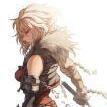
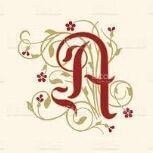

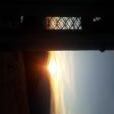

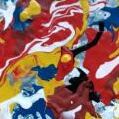
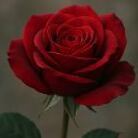
Rekomendowane odpowiedzi
Jeśli chcesz dodać odpowiedź, zaloguj się lub zarejestruj nowe konto
Jedynie zarejestrowani użytkownicy mogą komentować zawartość tej strony.
Zarejestruj nowe konto
Załóż nowe konto. To bardzo proste!
Zarejestruj sięZaloguj się
Posiadasz już konto? Zaloguj się poniżej.
Zaloguj się